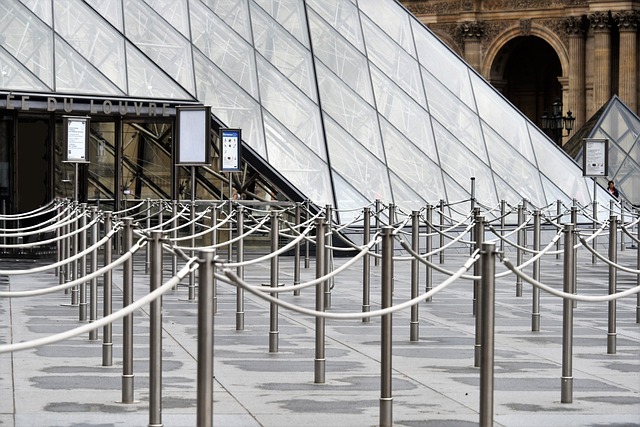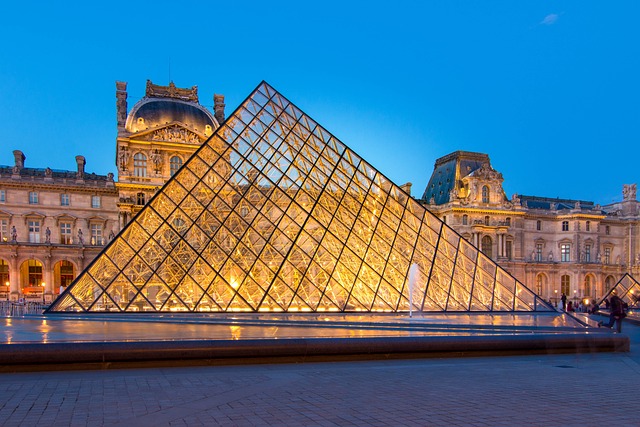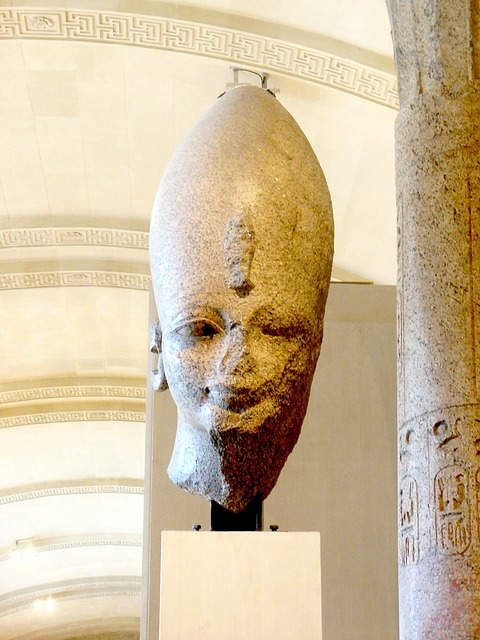The Louvre: Where Art and Culture Converge
In the heart of Paris, the Louvre stands as a symbol of artistic achievement, cultural richness, and historical grandeur. With its mesmerizing façade and an extensive collection that spans centuries and continents, the Louvre is more than just a museum; it is a pilgrimage site for art lovers, historians, and tourists alike. This iconic establishment showcases the magnificent journey of human expression, drawing millions of visitors each year who seek to experience the beauty and complexity of its masterpieces.
A Brief History of the Louvre
The Louvre’s origins trace back to the late 12th century, when it was initially constructed as a fortress by King Philip II to defend Paris from the English during the Hundred Years’ War. Over the centuries, it underwent significant transformations, evolving from a royal palace to an internationally acclaimed museum. In 1692, Louis XIV, the Sun King, made the choice to house his collection of classical art in the Louvre, paving the way for its transition into a public institution.
In 1793, during the French Revolution, the Louvre officially became a public museum, showcasing a collection that reflected the artistic treasures of the world. It has since expanded to house over 35,000 works of art, including some of the most recognized pieces in history.
Architectural Marvel
The Louvre complex itself is an architectural wonder. The original medieval fortress, remnants of which still exist in the lower level, has been complemented by various expansions and renovations throughout history. Perhaps the most striking feature is the glass pyramid designed by the Chinese-American architect I. M. Pei, which serves as the museum’s entrance and has become a contemporary symbol of the Louvre.
This magnificent pyramid, completed in 1989, broke away from the traditional style of the museum and integrated modern minimalism with the historic architecture. The juxtaposition of the glass and steel structure against the classic stone edifice offers a visual representation of the convergence of past and present in the realm of art.
A Treasure Trove of Art
Stepping into the Louvre is like entering a universe where art, history, and culture intertwine. The museum’s vast collection is arranged across eight departments: Near Eastern Antiquities, Egyptian Antiquities, Greek, Etruscan and Roman Antiquities, Islamic Art, Sculptures, Decorative Arts, Paintings, and Prints and Drawings. Each department offers visitors a chance to engage with artifacts and artworks that tell stories spanning different eras and cultural contexts.
The Painting Collection
The Louvre is perhaps most famous for its impressive array of paintings, which includes masterpieces from the Renaissance to the 19th century. Iconic works such as the Mona Lisa by Leonardo da Vinci and the Liberty Leading the People by Eugène Delacroix are must-see attractions that capture the gaze and admiration of thousands. The Mona Lisa, with her enigmatic smile and mysterious aura, draws visitors from around the world who seek to catch a glimpse of this legendary portrait.
Other celebrated artists represented in the Louvre’s collection include Raphael, Caravaggio, and Vermeer, among many others. Each painting narrates its own unique story, inviting viewers into the artist’s world and context.
Ancient Antiquities
The departments of Near Eastern, Egyptian, Greek, Etruscan, and Roman antiquities offer a window into the ancient civilizations that shaped modern society. The Egyptian Antiquities section is particularly renowned for its mummies and artifacts, showcasing the rich traditions and mystique of ancient Egypt. Visitors often find themselves spellbound by the grandeur of the Golden Mask of Tutankhamun and the magnificent statues that stand as testaments to the artistry of ancient sculptors.
The Greek and Roman antiquities, with their marble statues and intricate pottery, exemplify the classical ideals of beauty and proportion. The Venus de Milo and the
Islamic Art
The Islamic Art department, one of the most recent additions, features an extensive array of artifacts ranging from ceramics to textiles and calligraphy. This collection celebrates the diversity and richness of Islamic culture, showcasing the artistry and innovation that flourished across the Islamic world from Spain to India.
Beyond the Walls of Art
While the art within the Louvre is a significant draw for visitors, the museum’s offerings go beyond mere observation. The Louvre is a vibrant cultural hub that hosts a variety of temporary exhibitions, educational programs, and public events designed to engage diverse audiences. These initiatives aim to make art accessible to all, offering workshops, lectures, and guided tours to enhance visitors’ experiences and deepen their appreciation for the works on display.
Cultural events, such as music performances and theatrical presentations, are often staged within the museum’s halls, creating a dynamic interplay of art forms. This emphasis on interdisciplinary collaboration enhances the museum’s role as a living institution, one that actively participates in the cultural dialogue of contemporary society.
The Visitor Experience
Visiting the Louvre can be both thrilling and overwhelming, given the vastness of its collection. To navigate this artistic marvel, it is advisable for visitors to plan their trip carefully. The museum offers a range of resources to assist guests, including audioguides, curated tours, and informative signage throughout the galleries.
Due to the high volume of visitors, especially during peak tourist season, visitors may wish to consider purchasing tickets in advance or visiting during off-peak hours for a more leisurely experience. Once inside, the Louvre invites exploration, inviting guests to wander through its vast galleries and discover hidden gems at every turn.
A Symbol of Resilience
The Louvre has faced challenges over the years, including the impact of wars, cultural revolutions, and more recently, the COVID-19 pandemic. In each instance, the museum has proven resilient, finding ways to adapt and redefine its role in society. Digital initiatives have expanded access to its collections, allowing art lovers around the world to explore its treasures from the comfort of their homes.
This adaptability speaks to the museum’s commitment to fostering a deeper understanding of art and culture, bridging physical boundaries to ensure that the appreciation of human creativity remains alive and accessible.
Conclusion
Ultimately, the Louvre represents more than just a collection of artwork; it is a celebration of global culture, history, and the universal language of art. Each visit to the museum is a reminder of the enduring power of creativity and its ability to transcend time, geography, and societal challenges. As a focal point where art and culture converge, the Louvre invites us to reflect on our shared humanity and the myriad ways we express ourselves through the ages. From the ancient artifacts that mark the dawn of civilization to the modern masterpieces that challenge perceptions, the Louvre embodies the richness of human experience, making it an essential destination for anyone seeking to expand their horizons and immerse themselves in the world of art.


